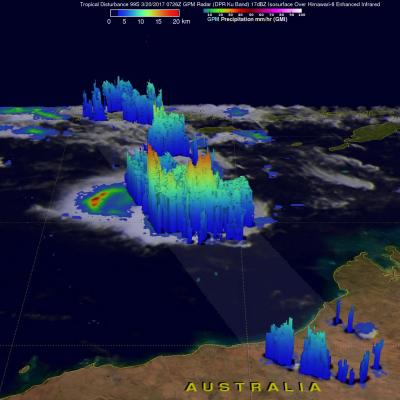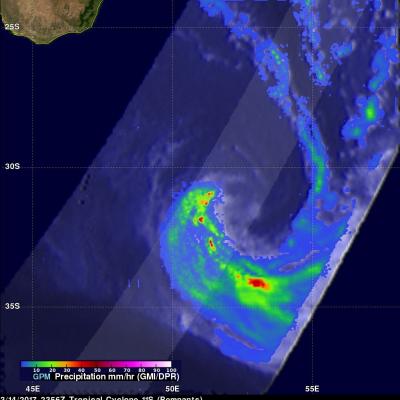PPS Releases GPM IMERG V04 Final Data Products
PPS is announcing the release of GPM IMERG V04 Final products today, Wednesday March 22, 2017. Version 04 IMERG data is available on PPS's arthurhou ftp archive for the dates of March 2014 - July 2015. Processing will continue over the next several weeks until the data has been made available up to the present. This data can be found at: ftp://arthurhou.pps.eosdis.nasa.gov/gpmallversions/V04 Individual data orders, subsets or subscription orders can also be set up through PPS's STORM: https://storm.pps.eosdis.nasa.gov/storm/ Release notes and ATBD documentation for IMERG V04 can be found at



